How Your Car’s Suspension Works
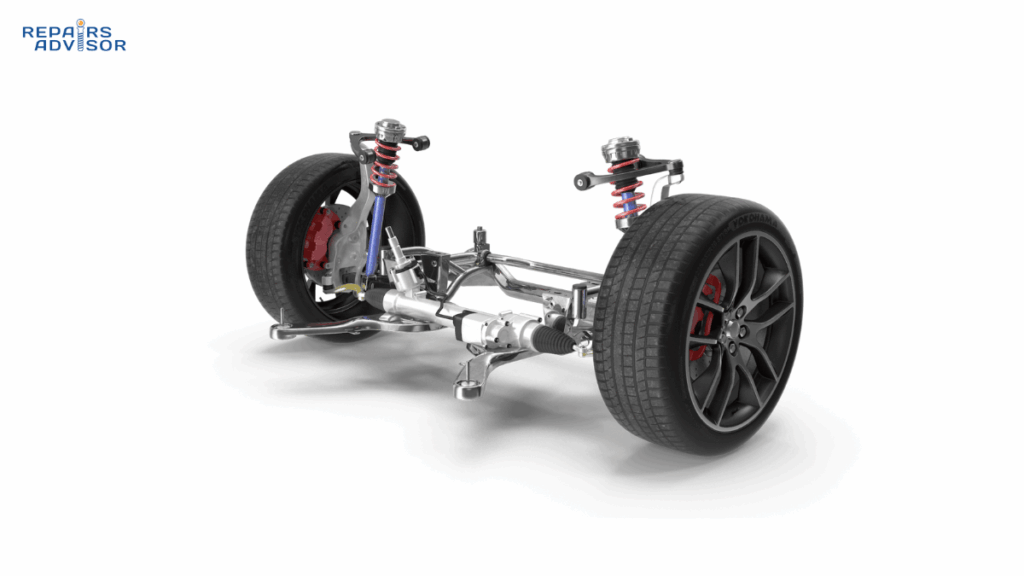
Every time you drive over a pothole, navigate a curve, or brake for a stoplight, your car’s suspension system is working silently beneath you—absorbing impacts, maintaining tire contact with the road, and keeping you safe and comfortable. Yet most drivers never think about this critical system until something goes wrong. Understanding how your suspension works […]
How Steering Columns Work: Connection and Safety
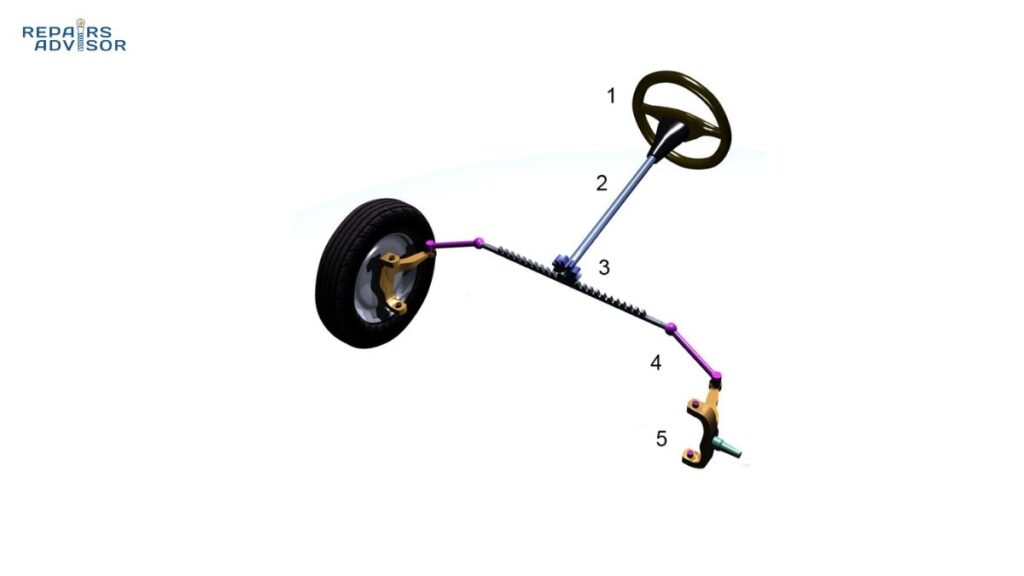
The steering column represents one of the most critical yet often overlooked components in your vehicle’s control system. Every time you turn the wheel, this carefully engineered assembly transmits your steering inputs while simultaneously providing crash protection that could save your life. Understanding how steering columns work, recognizing warning signs of failure, and knowing when […]
How Rack and Pinion Steering Works: Precision Control
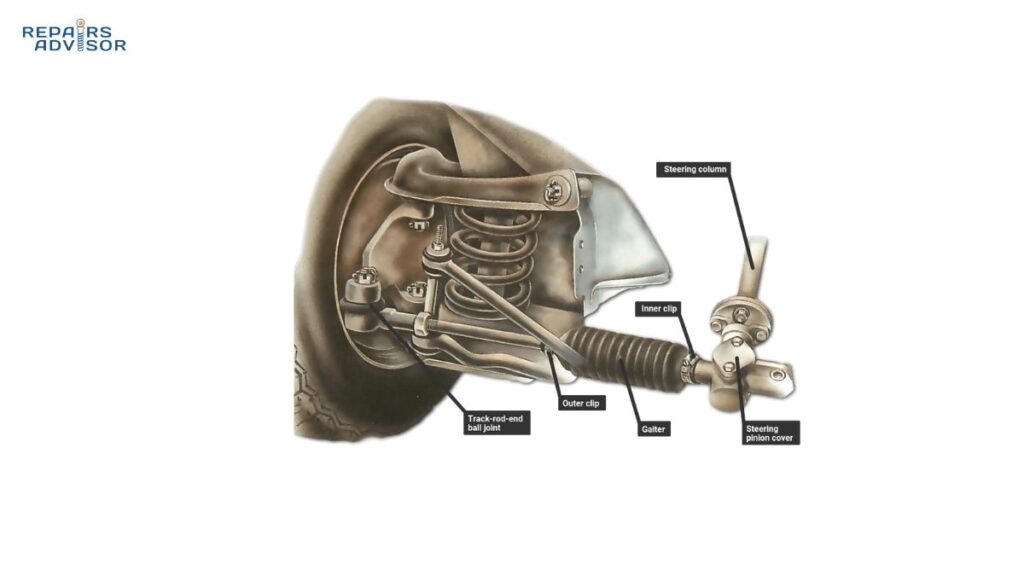
Modern vehicle steering feels effortless—turn the wheel and your car responds instantly with precision. This seamless control comes from the rack and pinion steering system, the most common steering mechanism in vehicles today, found in over 85% of cars, SUVs, and light trucks on the road. From compact sedans to performance sports cars, this elegantly […]
How Hydraulic Power Steering Works: Pressure Control & Assistance
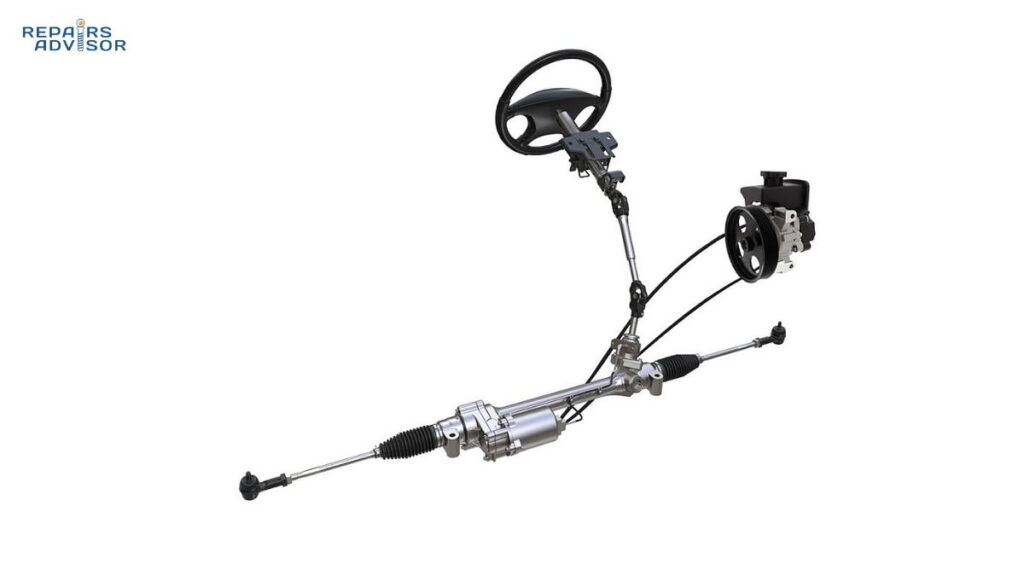
Modern vehicles can weigh well over 3,000 pounds, with a significant portion of that mass resting on the front wheels. Try steering a car without power assistance in a parking lot, and you’ll quickly appreciate why hydraulic power steering revolutionized driving when it became mainstream in the 1950s. This ingenious system uses pressurized hydraulic fluid […]
How Brake Boosters Work: Power Assistance
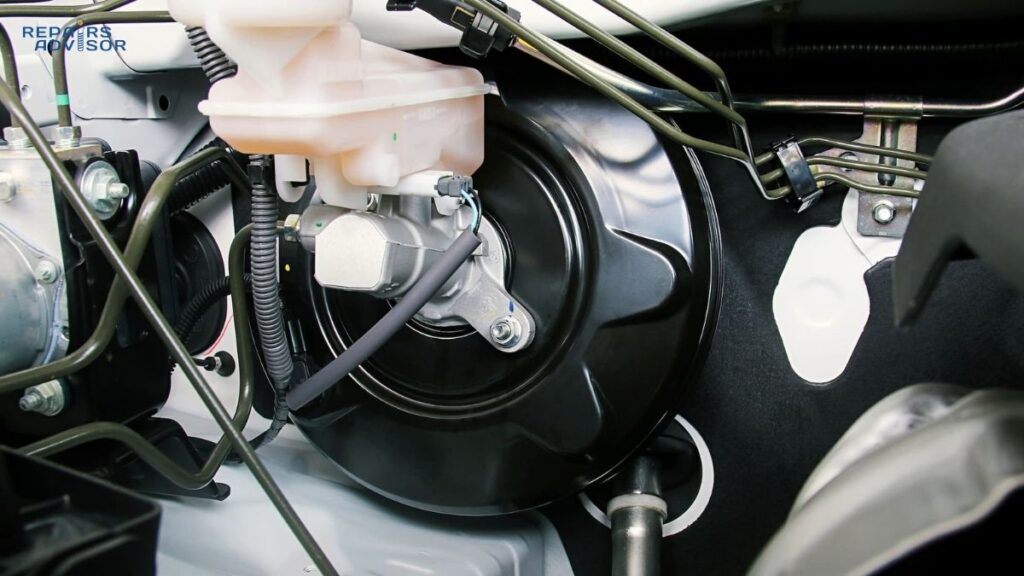
Modern vehicles weighing 3,000 to 6,000 pounds require immense force to bring them to a safe stop. Before brake boosters became standard equipment in the 1960s, drivers had to apply 100 pounds or more of pedal force to achieve adequate braking—a physically demanding and tiring task, especially in stop-and-go traffic or emergency situations. The brake […]
How Drum Brakes Work: Self-Energizing Mechanics

Despite the widespread adoption of disc brakes on modern vehicles, drum brakes remain a critical component of automotive braking systems. Found primarily on the rear wheels of passenger cars and light trucks, drum brakes offer a unique combination of cost-effectiveness, durability, and powerful stopping force that continues to make them relevant in today’s automotive landscape. […]
How Master Cylinders Work: Hydraulic Brake Control
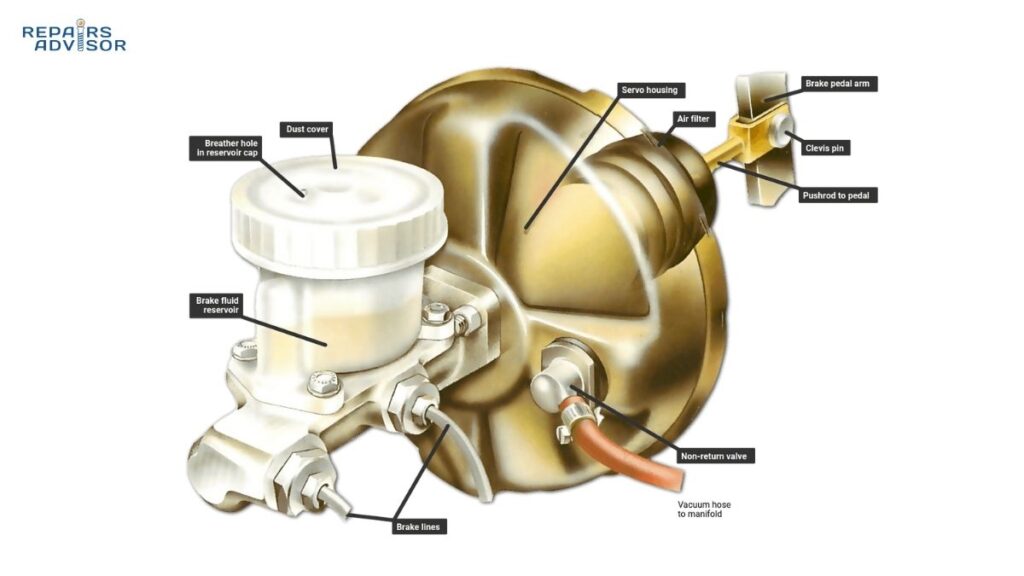
When you press your brake pedal and your vehicle responds with smooth, controlled stopping power, you’re experiencing the master cylinder at work. This precision-engineered hydraulic component serves as the heart of your braking system, converting the mechanical force from your foot into the hydraulic pressure that brings thousands of pounds of metal, passengers, and cargo […]
How Disc Brake Systems Work: Modern Stopping Power
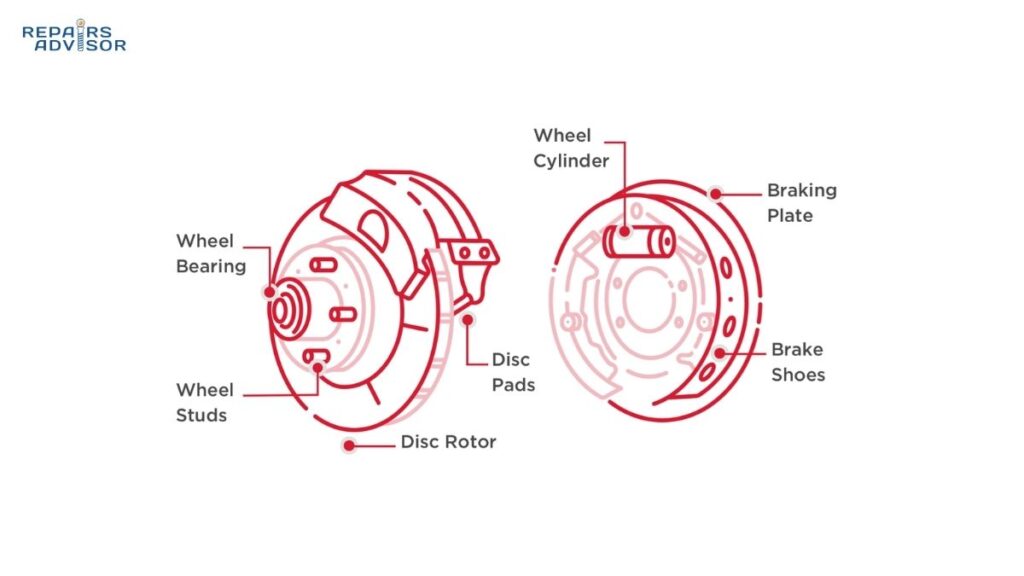
Modern vehicles rely on disc brake systems as their primary safety mechanism, converting kinetic energy into thermal energy through controlled friction to bring thousands of pounds of moving metal to a safe stop. Whether you’re navigating rush-hour traffic, descending mountain grades, or making an emergency stop to avoid a collision, your disc brake system performs […]
How Transfer Cases Work: 4WD Operation

If you’ve ever wondered how your truck or SUV seamlessly switches between two-wheel drive and four-wheel drive, or how all-wheel drive vehicles maintain traction in slippery conditions, the answer lies in a component most drivers never see: the transfer case. This unsung hero of the drivetrain serves as the “brain” of your vehicle’s 4WD or […]
How Drive Shafts Work: Power Transmission
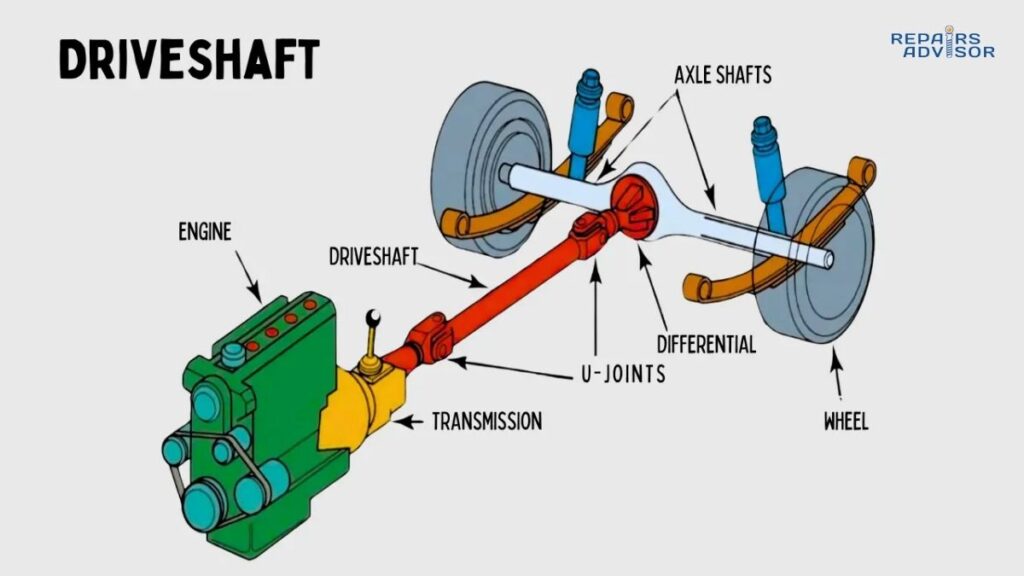
When you press the accelerator and feel your vehicle surge forward, there’s a critical component spinning beneath you that makes it all possible. The drive shaft—a cylindrical metal tube running along your vehicle’s undercarriage—serves as the mechanical link between your engine’s power and your wheels’ motion. For most drivers, this essential component remains invisible and […]
How CV Joints Work: Constant Velocity Power Transfer

Hearing a rhythmic clicking sound every time you turn your steering wheel? Notice grease splattered on the inside of your wheel rim? These are telltale signs of CV joint problems—and ignoring them could leave you stranded with a broken axle. CV (constant velocity) joints are precision-engineered components that most drivers never think about until they […]
How Limited Slip Differentials Work: Enhanced Traction
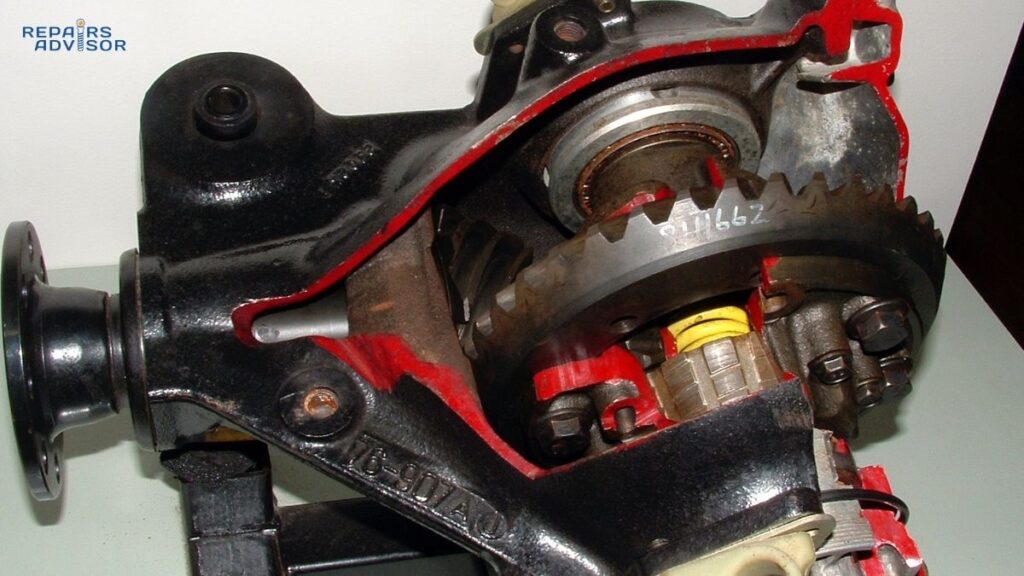
You’re stuck. One wheel spins uselessly in the mud while the other sits motionless with perfect traction just inches away. Your vehicle rocks back and forth, digging deeper with each attempt. This frustrating scenario plays out thousands of times daily for drivers with standard open differentials—a problem that limited slip differentials were specifically engineered to […]